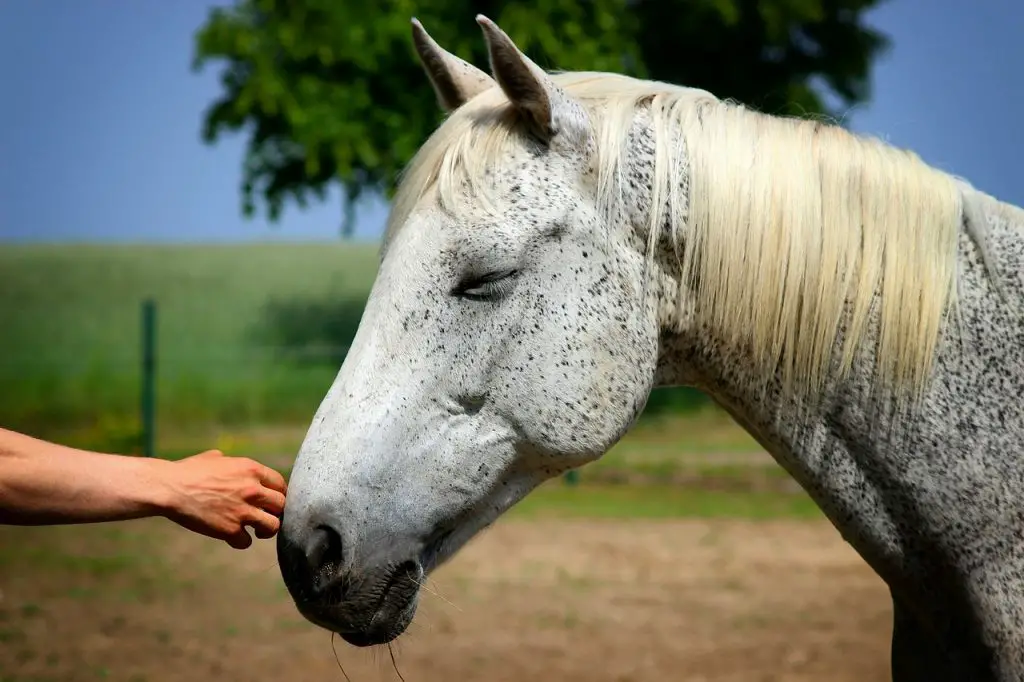Last Updated on March 15, 2022 by Allison Price
A foot abscess is when bacteria and foreign matter get into the hoofs of horses and causes lameness. You should immediately contact your veterinarian if you suspect that the infection has reached the living tissue of the foot.

Your vet may make a small incision to allow fluid and pus to drain from the abscess. After that, you can apply a poultice to the foot.
Why use a poultice?
Poultices are used to remove infection and to keep the area clean. Poultice dressings such as Animalintex contain boric acid (and tragacanth), which act as antiseptics and draw out pus.
There is much debate about hot or cold poultices. Personally, I don’t think it matters what type of poultice you use. Sometimes it is not practical to heat water. It is up to you to decide whether to use a dry or wet poultice.
The most commonly used poultice is the wet one. However, if there is a lot of fluid in an abscess, a dry poultice may be more effective.
A step-by-step guide to applying a poultice
- Make sure your foot is dry and clean. Use a piece poultice material cut to the exact size of your foot. Don’t apply more than necessary, as water can build up in the hoof and weaken the horn.
- Use a wet poultice if you are using it. Wet the material with clean, boiled water that has cooled sufficiently to your hand. Then squeeze out any excess fluid and apply the poultice to the foot.
- Wrap a layer soft padding, such as Gamgee, Soffban Bandage, or even a baby nappy, over the top and around your foot. Pay particular attention to cushioning soft tissues like the heel bulbs, the coronary band, and the heel bulbs.
- Use Vet Wrap or another conforming bandage to cover the dressing. Conforming bandages are medical dressings that mold to the contour of the area they’re applied to. You can apply pressure to this area as long as there is enough padding. It shouldn’t be too tight, as this could cause pressure on the soft tissues. However, it shouldn’t be too loose or it will fall off.
- To create a waterproof layer, place Elastoplast on top and then tape it with duct tape. You can also use an old intravenous drip bag from your vet to protect the surface. A poultice boot can be used, but it should not rub. You can also use thick plastic haylage bags and feed sacks to keep dirt and moisture out.
- The poultice should be changed at least once per day. If there is a lot of pus, you can change it more often.
- Use a wet poultice only for 2 to 3 days. Then switch to a dry poultice to keep the area clean. If the vet has successfully opened the hole, the area should drain within a few days. If you leave the wet poultice on for longer than that, the wound and hoof may become waterlogged. This can lead to the foot becoming weaker.
- Any swelling up the pastern could indicate that there is an infection. Call your veterinarian immediately if you notice any swelling.
- If you are unsure, your vet can show you how to treat a horse’s foot.


